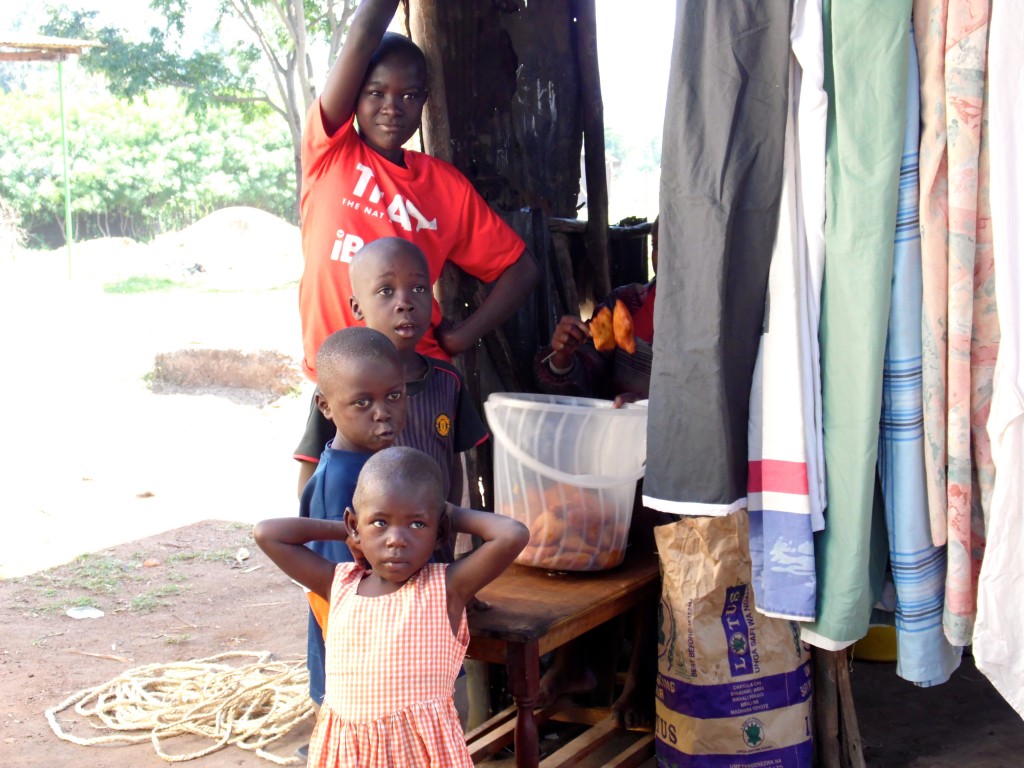FROM LONDON:
As we get closer to launching the website, this week has been challenging but very exciting. The vast majority of the week, I researched and performed calculations to try to estimate as precisely as possible how much money is going from various crowd-funding services to the developing nations they serve and forecast how much money they are likely to raise over the next year. This was a challenge, as I’m starting to learn that crowd-funding, especially in impoverished nations, is more complicated than it might appear.
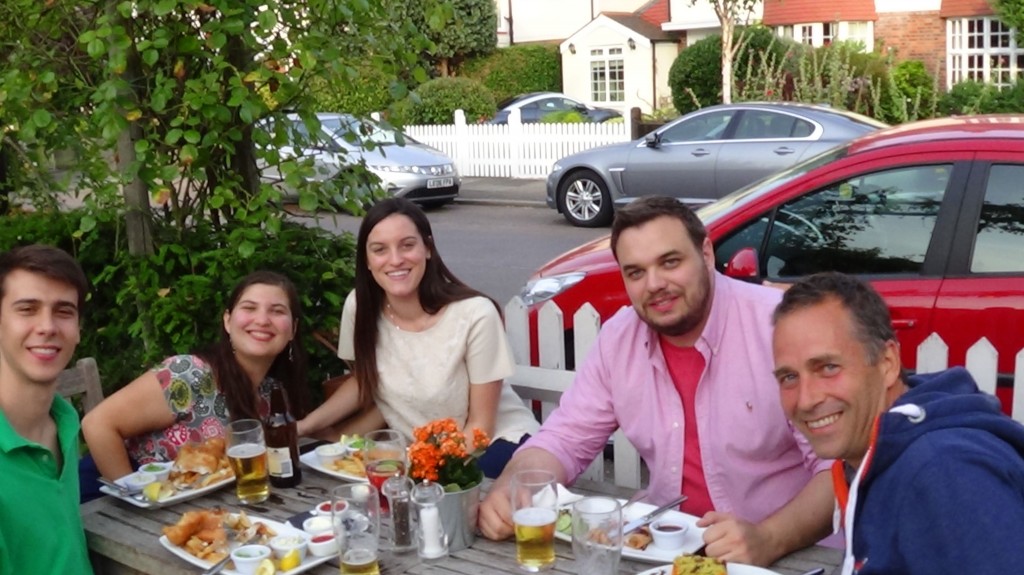
It’s not always all work and no play: Alicia, second from left, enjoys a traditional pub meal with her team, including project founder Lars Kroijer, Adams ’94, right.
Often, websites like Kiva (a service that gives mini-loans to female entrepreneurs in developing nations) work through field partners in the developing nations themselves, like Micrograam (based in India). This system makes sense, as there has to be infrastructure on the ground to interact with the lenders themselves.
For example, if a woman in India raises enough money to take out a loan on getting a stove, she would deal directly with an organization in India (Micrograam) that is partnered with Kiva. This approach to microfinance makes sense, but the two-tiered process definitely makes the stream of money harder to follow. Mr. Kroijer has been great giving advice as to how to make analytics like this as accurate as possible (along with general career advice) and I’m learning a ton.
One of the things I’ve been thinking about throughout this project is what other steps NGOs and governments can take to drive crowd-funding in developing nations that could give entrepreneurs the final ‘push’ towards launching their businesses. While working, I came across an interesting article from the World Bank that really resonated with our project.
The World Bank argues that for crowd-funding to reach its full potential a variety of cultural, economic, and technological factors need to come into play. On the economic end, securities regulations need to be loosened to allow for equity crowd-funding (which is sort of like mini-venture capitalism) and crowd-funding needs to be tied to a positive cultural message. Socially, in order for crowd-funding to succeed, there needs to be greater awareness of what it is through social media and events that build trust towards this kind of finance. On the cultural end, greater involvement of girls and women in entrepreneurship, more spaces for innovation, and education about consumerism and investment can bolster microfinance.
Our project is vital because it works on the technology end, having determined the gap in information that makes it hard for investors to get money to developing nations. We are working towards fixing that gap by uniting all crowdfunding platforms in one place and providing clear and consistent information about what each service does.
In other news, our team went to the pub together on Tuesday, shown above. It was great to get to know everyone a little bit better and have a traditional English tavern experience (minus the mushy peas!). The group is a fascinating mix of people from all over, including the US, UK, Spain and Denmark, which makes for a great mix of perspectives.
In terms of exploring England, I’m finally getting out of the gravitational pull of work and London this weekend. As I write this, I’m on the long bus ride to Bath, a city known for briefly being the home of Jane Austen as well as having ancient Roman baths. It’ll be wonderful getting out of the chaos of London for a little bit and explore the English countryside for the weekend.

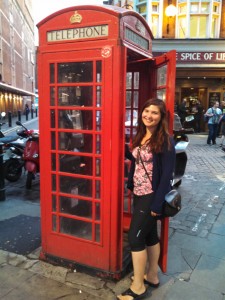
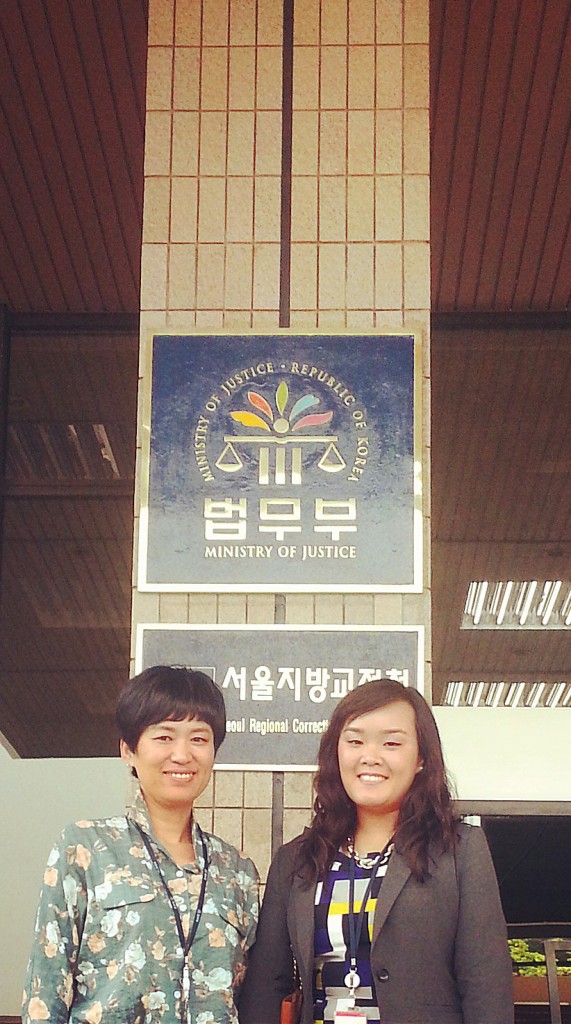

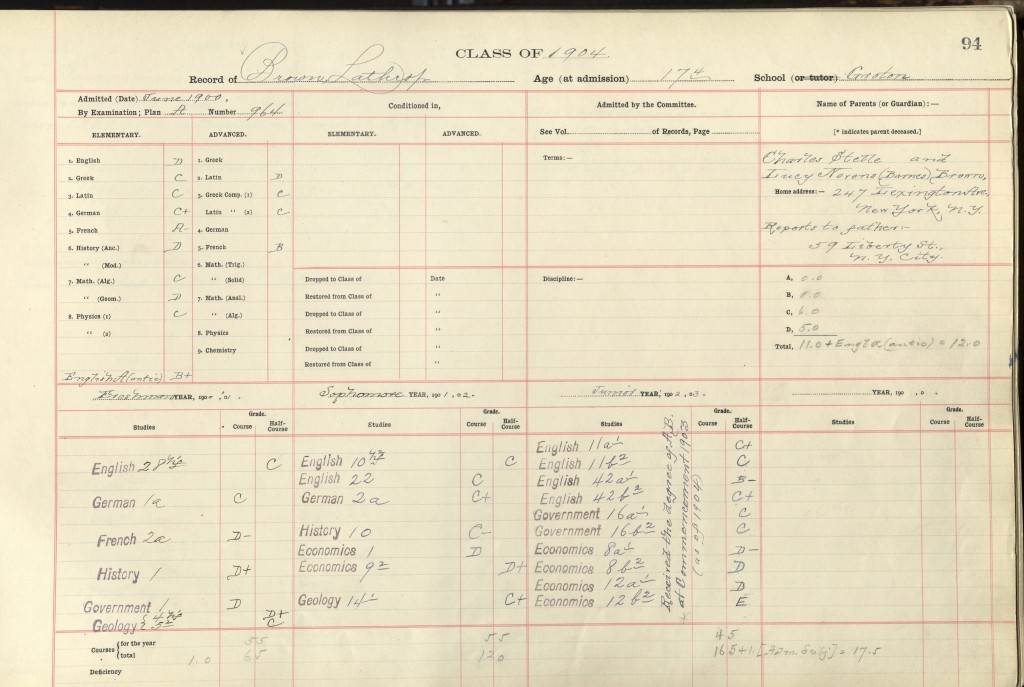
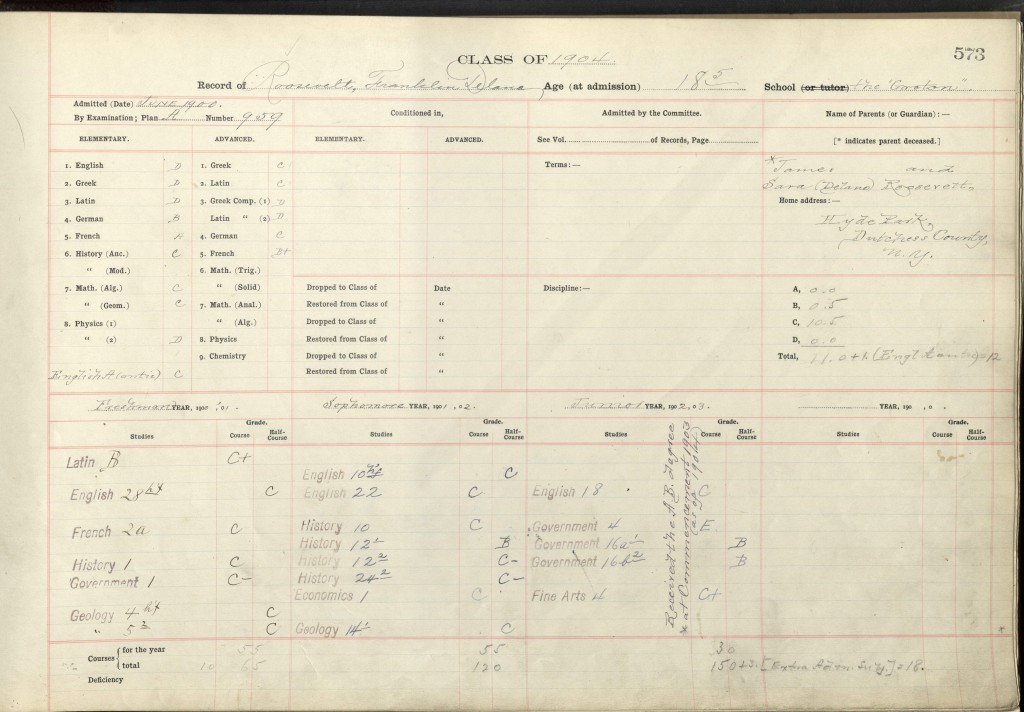
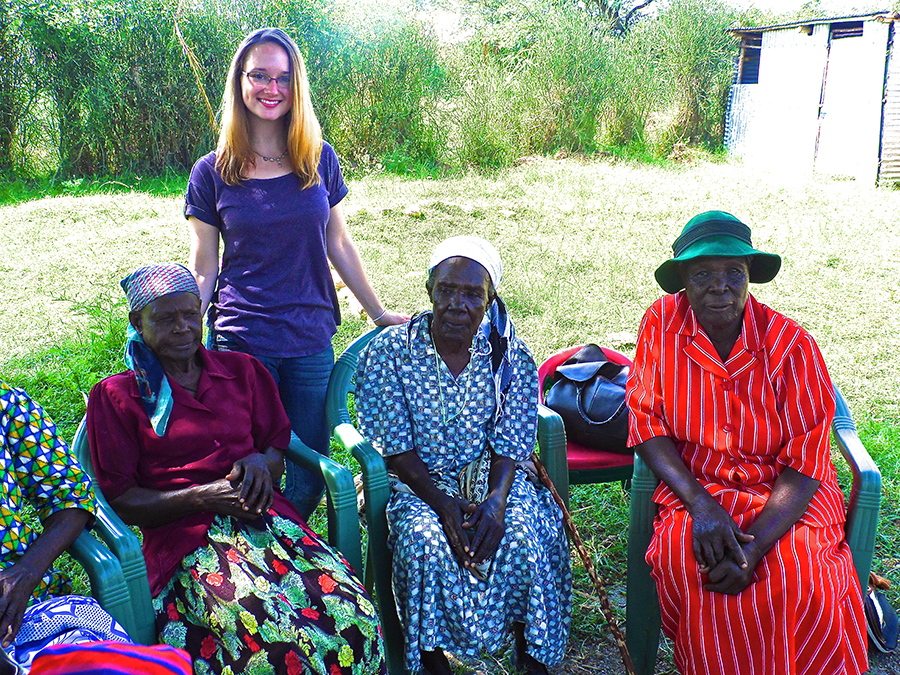
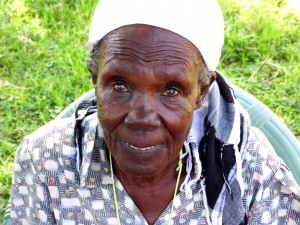 I’m working closely with the matriarch of this village, Lorane. She is a widowed superwoman. After 5 children, the youngest suffering from a mental disability which prevents him from being able to speak, HIV killed her husband. She’s poured herself not only into her family (all of her capable children have either gone to or are in college) but also her community. She’s begun a micro lending program for the grandmothers of their village and she lead the plea for the installation of a water kiosk, which will provide everyone with clean drinking water.
I’m working closely with the matriarch of this village, Lorane. She is a widowed superwoman. After 5 children, the youngest suffering from a mental disability which prevents him from being able to speak, HIV killed her husband. She’s poured herself not only into her family (all of her capable children have either gone to or are in college) but also her community. She’s begun a micro lending program for the grandmothers of their village and she lead the plea for the installation of a water kiosk, which will provide everyone with clean drinking water.